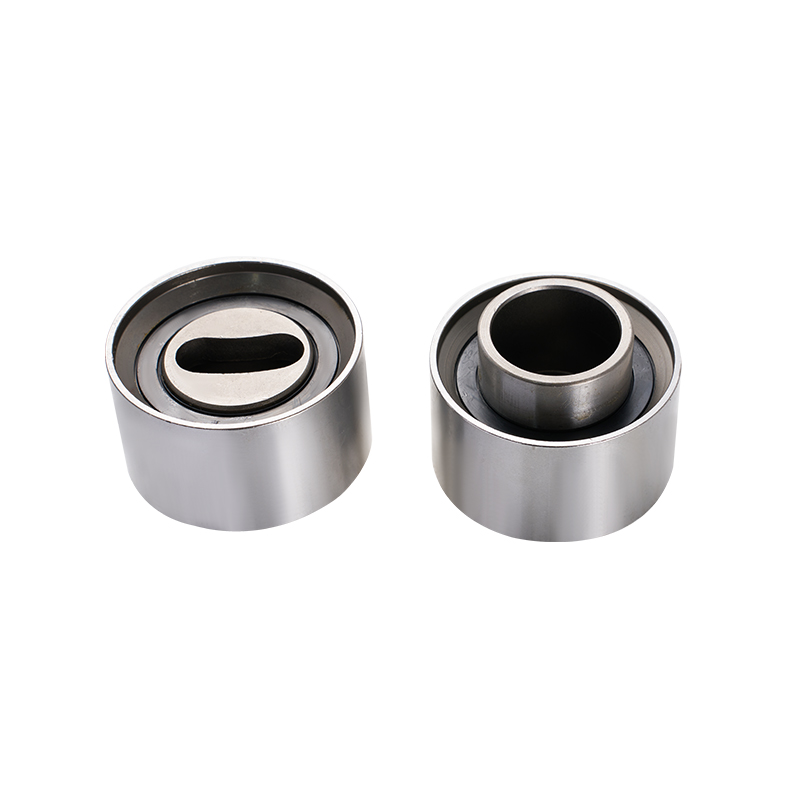The life of a truck clutch release bearing is one of constant punishment. Imagine the forces involved when an 80,000-pound rig launches from a standstill—that initial shock load transfers directly through the clutch assembly. While cars experience gradual wear, every start in a fully loaded truck subjects the semi truck throw out bearing to forces comparable to a small explosion. This brutal operating environment accelerates wear patterns that would take decades to develop in lighter vehicles.
Heat becomes another silent killer of transmission release bearings in commercial applications. Stop-and-go traffic in urban deliveries creates intense thermal cycling, while long mountain descents where drivers ride the clutch to control speed can actually glaze or warp bearing surfaces. Unlike automotive designs that often use sealed bearings, many heavy-duty truck clutch release bearings operate in open configurations that allow heat dissipation but also invite contamination from clutch dust and moisture.

Maintenance intervals tell the story clearly. Where a typical passenger car might inspect its clutch components every 100,000 miles, conscientious fleet operators examine semi truck throw out bearings during every major service—sometimes as often as every 25,000 miles. This isn't over-maintenance; it's recognition that the margin for failure in commercial vehicles is razor-thin. A failed transmission release bearing on an interstate isn't just an inconvenience—it's a potential shutdown incident that could strand valuable cargo and tie up an entire lane of traffic.
The design differences between automotive and commercial truck clutch release bearings also play a role. Heavy-duty versions typically use oversized bearing races and specialized alloys, but these upgrades merely extend the window between inspections rather than eliminate them. The mechanical linkage common in many trucks—as opposed to hydraulic systems in modern cars—provides more direct feedback when a semi truck throw out bearing begins to fail, but also transmits more vibration that accelerates wear.
Seasoned diesel technicians develop an ear for the early warning signs of transmission release bearing failure. That faint chirping noise when the clutch pedal engages? It's not just an annoyance—it's cry for help from a truck clutch release bearing nearing the end of its service life. Left unchecked, what begins as minor noise can progress to pedal vibration, then difficulty shifting, and ultimately complete clutch failure that leaves a rig stranded.
Preventive maintenance strategies for semi truck throw out bearings have evolved significantly in recent years. Many fleets now incorporate thermal imaging during routine services to spot overheating bearings before they fail. Others use vibration analysis tools that can detect subtle changes in the transmission release bearing long before human senses would notice a problem. These technologies don't replace physical inspections, but they help optimize the intervals between them.
The financial calculus makes frequent checks unavoidable. Replacing a worn truck clutch release bearing during scheduled downtime costs a fraction of an emergency roadside repair—not to mention avoiding the associated lost revenue from an immobilized asset. In an industry where every minute counts, keeping these small but critical components in top condition isn't just good mechanics—it's sound business practice.
As emission regulations push truck designs toward automated transmissions, some speculate this might reduce semi truck throw out bearing maintenance. However, veteran technicians know better—these components will continue demanding attention as long as trucks face heavy loads, steep grades, and the relentless pressures of tight delivery schedules. For now, the transmission release bearing remains one of those unglamorous but utterly essential components that keep the transportation industry moving—one carefully inspected mile at a time.



 English
English русский
русский
